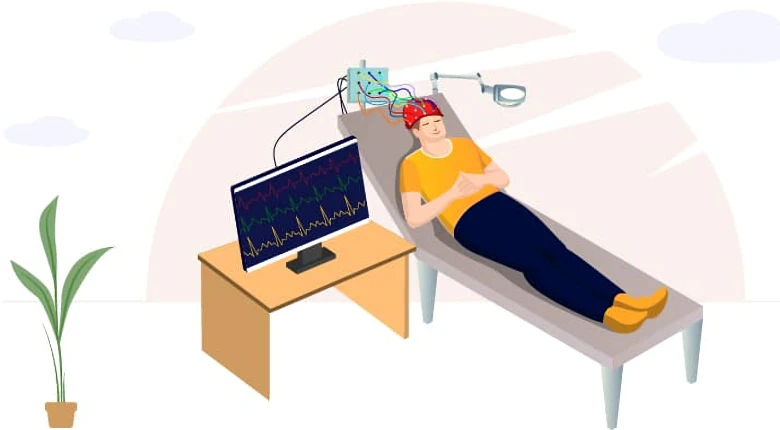Utilizing the Potential of Biofeedback to Revolutionize Persistent Pain Control and Enhance Quality of Living
Utilizing the Potential of Biofeedback to Revolutionize Persistent Pain Control and Enhance Quality of Living
Blog Article
Persistent pain is a condition that impacts millions of people around the globe. It can be caused by various factors, including traumas, diseases, or even anxiety. For many individuals, managing chronic pain can be a constant struggle that affects their standard of life. Traditional treatments often consist of drugs, physical therapy, and sometimes surgery. However, these approaches do not always provide the alleviation that individuals seek. Lately, biofeedback has emerged as a promising alternative for controlling chronic pain and improving overall health.
Biofeedback is a technique that teaches individuals how to control specific bodily functions by utilizing signals from their own physiology. This approach involves employing sensors that track physiological functions such as heart rate, muscle tension, and skin temperature. By offering real-time feedback, individuals can discover to identify their body's responses to pain and stress. This consciousness allows them to formulate strategies to manage their pain more efficiently. For instance, if a person observes that their muscle tension increases when they are in pain, they can utilize relaxation techniques to help alleviate that tension.
One of the key benefits of biofeedback is that it empowers patients to take an proactive role in their pain control. Instead of depending solely on drugs or treatments from medical providers, patients can gain to understand and regulate their own bodies. This sense of control can lead to increased confidence and a more optimistic outlook on life. Many patients indicate feeling more in control of their pain and less like sufferers of their syndrome. This change in perspective can substantially improve their standard of life.
Studies has demonstrated that biofeedback can be beneficial in alleviating chronic pain indicators. Research suggest that individuals who employ biofeedback techniques often experience less pain and improved physical function. Additionally, biofeedback can help lessen anxiety and stress, which are frequent concerns for those dealing with chronic pain. By tackling both the physical and psychological aspects of pain, biofeedback offers a holistic approach to pain management. This comprehensive method can lead to better outcomes for individuals, allowing them to participate more completely in their routine activities.
In conclusion, biofeedback is a valuable tool for transforming chronic pain management. By teaching individuals to comprehend best site and regulate their physiological reactions, biofeedback enables individuals to take control of their pain. This method not only helps reduce pain but also enhances overall quality of life. As more people seek options to conventional pain management methods, biofeedback stands out as a promising option. With continued investigation and recognition, biofeedback could turn into an integral part of chronic pain treatment, helping individuals lead healthier, more fulfilling lives.